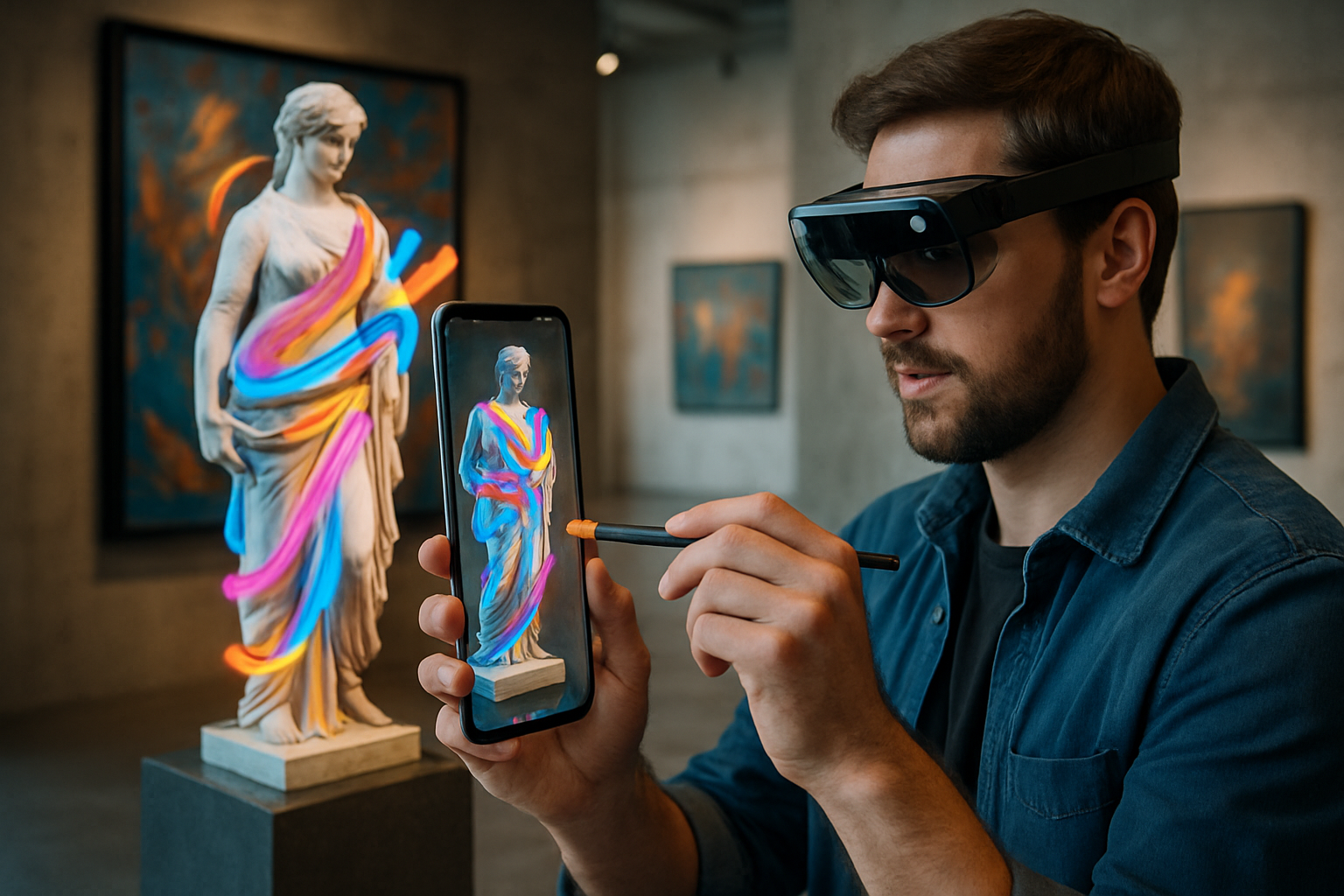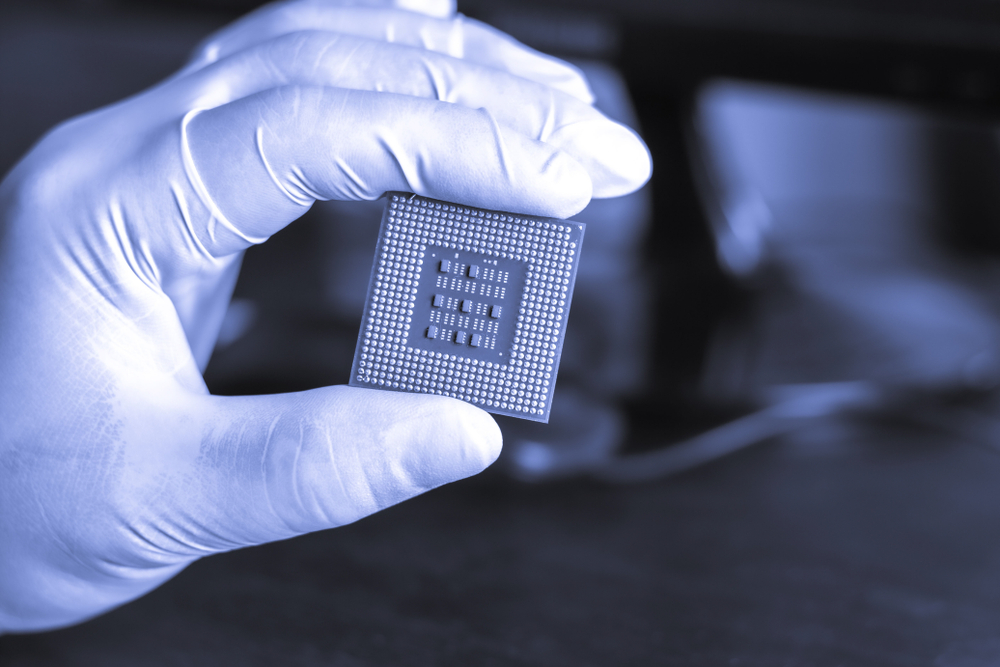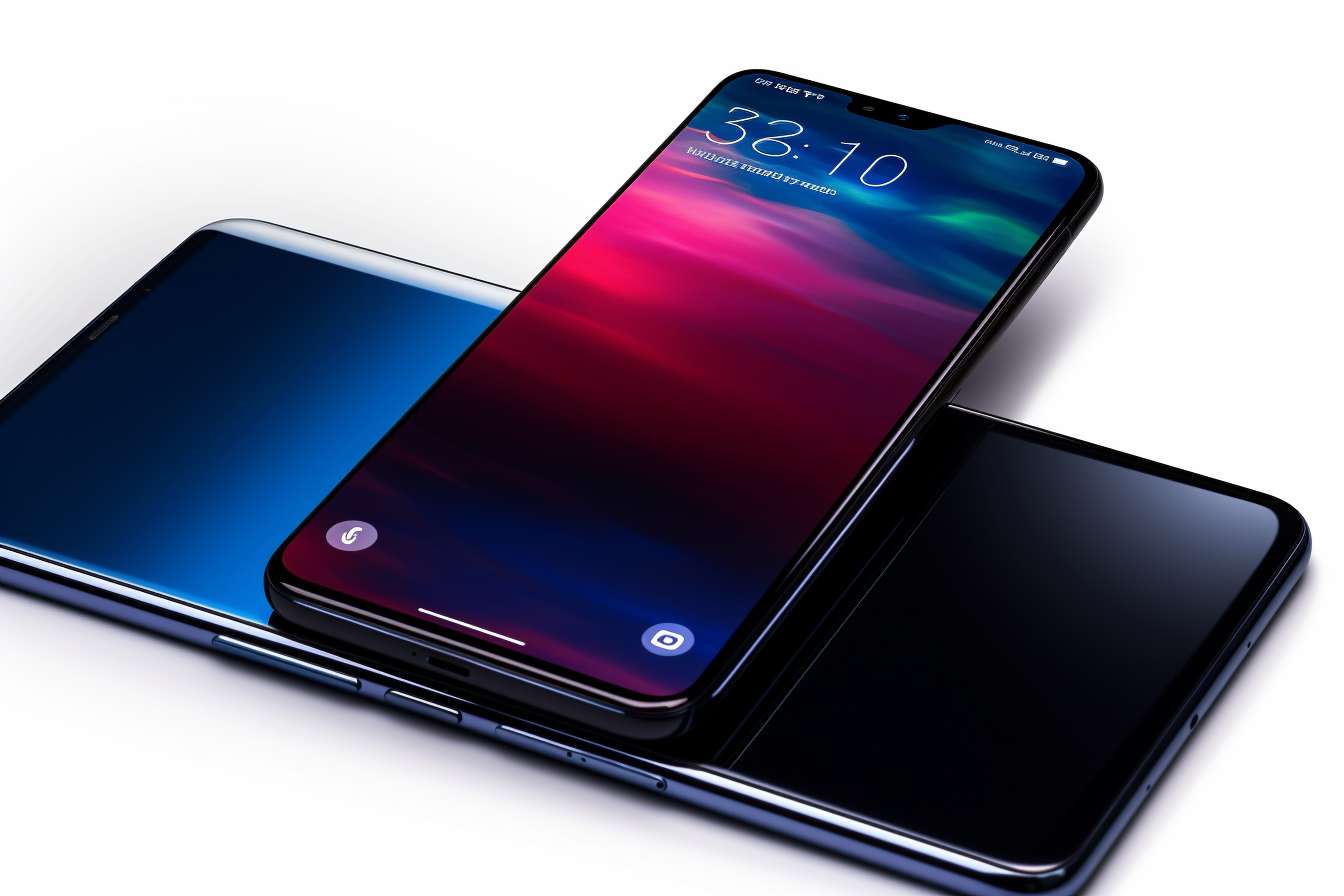Holographic Opera: A New Dimension in Performing Arts
The fusion of cutting-edge technology and classical art forms has given birth to a revolutionary spectacle: holographic opera. This groundbreaking medium is reshaping the landscape of live performance, offering audiences an immersive experience that blends the timeless beauty of operatic vocals with state-of-the-art visual effects. As holographic opera gains traction in prestigious venues worldwide, it's not just redefining the boundaries of traditional opera—it's opening up new possibilities for artistic expression and audience engagement in the 21st century.

Technological Marvels Behind the Scenes
At the heart of holographic opera lies a complex system of high-resolution projectors, specially designed screens, and sophisticated software. The technology used is a far cry from the simple reflective surfaces of traditional stage illusions. Instead, it employs a combination of laser projection, motion capture, and real-time rendering to create three-dimensional figures that appear to occupy physical space on stage. This allows for seamless interaction between live performers and holographic elements, blurring the line between reality and digital artistry.
Reimagining Classic Works
Holographic opera isn’t just about visual spectacle—it’s breathing new life into beloved classics. Productions of Mozart’s The Magic Flute and Verdi’s Aida have been reimagined with holographic set pieces and characters, allowing for fantastical elements that were previously impossible to realize on stage. The Queen of the Night can now truly appear as a celestial being, while the grandeur of ancient Egypt in Aida can be rendered with unprecedented detail and scale.
Creating New Narratives
Beyond revitalizing existing works, holographic opera is inspiring entirely new compositions. Contemporary composers and librettists are crafting stories that leverage the unique capabilities of this medium. These new operas explore themes of virtual reality, artificial intelligence, and the nature of existence itself—topics that resonate deeply with modern audiences and are particularly suited to the holographic format.
The Audience Experience
For opera-goers, holographic performances offer a truly immersive experience. The technology allows for dynamic staging that can instantly transform from one scene to another, creating a fluid and dreamlike quality to the production. Audiences report feeling more deeply engaged with the narrative, as the visual elements enhance rather than distract from the music and performances. This has led to a surge in younger attendees, drawn by the promise of a high-tech twist on a classical art form.
Challenges and Controversies
As with any revolutionary art form, holographic opera faces its share of challenges and critics. Purists argue that the technology detracts from the raw power of live vocal performances, while others raise concerns about the potential for holographic representations to replace live singers entirely. Technical glitches during performances have also been reported, highlighting the need for further refinement of the technology. Additionally, the high cost of producing holographic operas has limited their accessibility, with only major opera houses able to afford the necessary equipment and expertise.
The Future of Holographic Opera
Despite these challenges, the future of holographic opera looks bright. As technology continues to advance, we can expect even more seamless integration of holographic elements with live performances. There’s also potential for remote performances, where singers could appear as holograms in multiple venues simultaneously, breaking down geographical barriers to experiencing world-class opera. Furthermore, the educational possibilities are vast, with holographic technology offering new ways to teach and explore the history and techniques of opera.
A New Era for Classical Music
Holographic opera represents more than just a technological gimmick—it’s a bold reimagining of a centuries-old art form for the digital age. By marrying the emotive power of the human voice with cutting-edge visual technology, it’s creating a new language of artistic expression. As this medium continues to evolve, it has the potential to attract diverse audiences, inspire new generations of artists, and ensure that opera remains a vibrant and relevant art form in the years to come.





